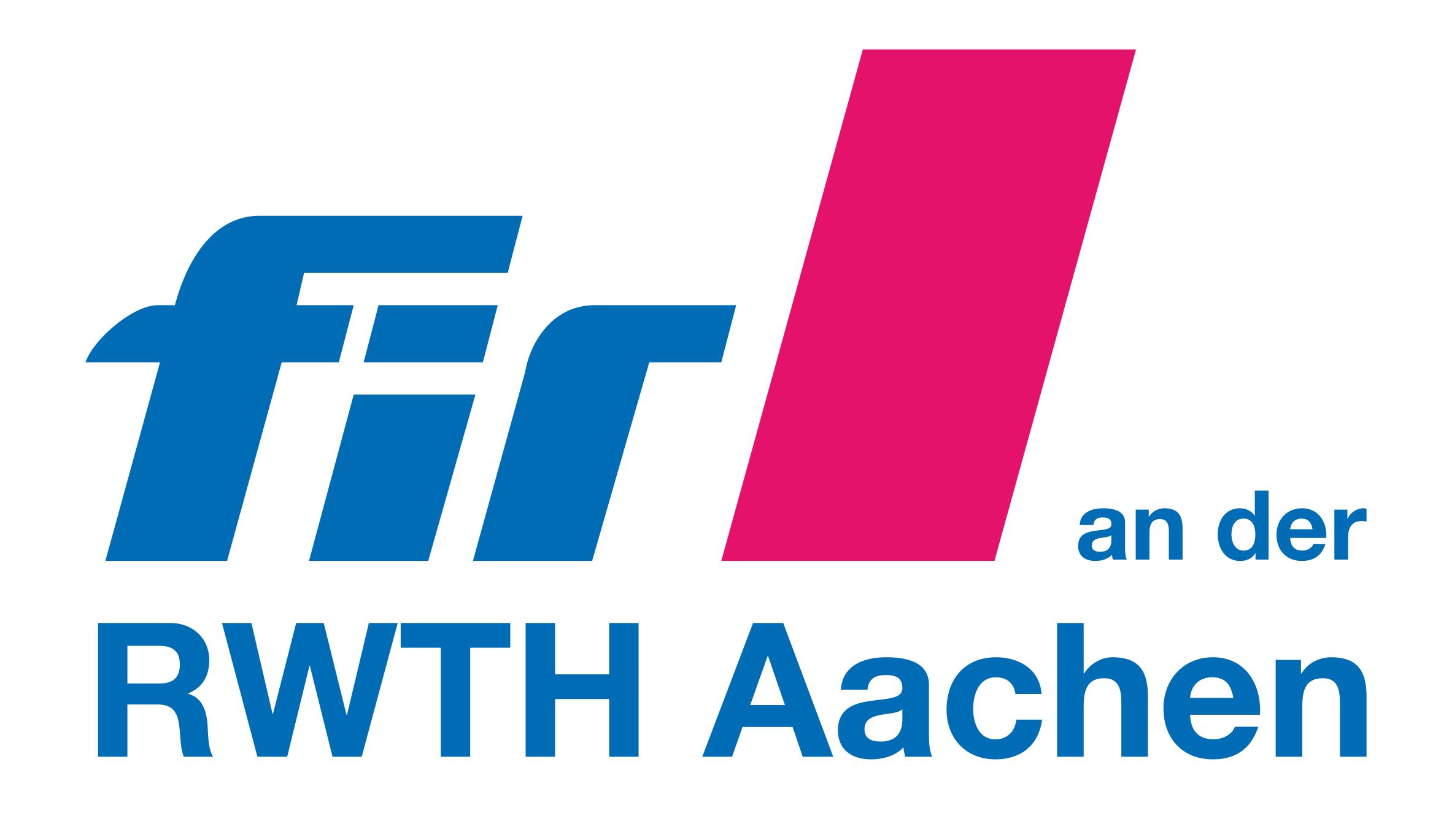Production Planning
High Frequency and Agility: Order Processing
Production planning is the main task of every company when it comes to handling increasingly complex order processing. The optimized collection and processing of real-time data for optimized planning and control up to the strategic corporate level therefore drives the development of high-frequency, agile planning.
Order Processing – A Key Focus
The Production Planning unit deals with the efficient design of order processing in manufacturing companies, for example in the context of systematic IT selection and the optimization of logistics planning processes. Based on the Aachen PPS reference model (see figure), the unit develops innovative and practice-oriented approaches, concepts and methods for the analysis and redesign of tomorrow’s order processing processes. The reference model offers meaningful theoretical support for operational practice in so far as it provides a scientifically sound, accurate understandable representation of operational connectedness and integration via production planning and control. Here, the synchronization of requirements from the different business areas of the involved companies is of primary importance, in particular when operationalizing existing and new data from logistic planning processes and their IT support. Even in the age of digital connectedness, production planning is understood as a central component of a manufacturing company’s structure, which is why the division is concerned with the different ‘reference perspectives’ of the Aachen PPS model and defines these as a foundation or starting point for all developments in the context of Industrie 4.0.
In the area of logistics planning processes, information logistics in particular is to play a key role. It is to make both company-internal and external data available and usable in real time and thus represents an IT system architecture that conforms to the target image. Future real-time data can thus be enriched and aggregated into real-time information without any delays and made available to the appropriate addressees. This distributed information then serves at the right places and at the right frequency as a valid basis for decision-making and can, in future, also be used for automated decision-making processes at the relevant locations.
Sales & Operations Planning
The still widely used approach of strategic Sales & Operations Planning (S&OP) represents a further initial step with regard to the right distribution of information. This is why production planning is concerned with this topic. S&OP is considered to be the starting point for the distribution of information, which is why manufacturing companies are also systematically supported in the requirements analysis for and systematic implementation of an end-to-end S&OP. However, on the research side in particular, the essential starting points for the correct IT-supported generation and provision of information are available for discussion in this context. With regard to planning processes, the portfolio of the Production Planning unit is rounded off with the topic of inventory management and the corresponding issues in the contexts of demand, inventory and procurement planning. Here, too, the focus is less on the presentation and adaptation of existing approaches, but rather on the correct integration of peripheral corporate areas that are currently still weakly supported. This includes spare parts management, which typically generates an even higher share of revenue than new business, especially in the manufacturing industry, but which does not fully exploit its potential due to a lack of an adequate IT integration. The use of a broad, valid database of existing and newly generated data with forecasting and IT support methods through digital connectedness should lead to an optimized inventory management and thus to a further enhanced delivery service and increased available liquidity of companies.
With particular emphasis on Enterprise Resource Planning as the leading system (ERP system) along the order processing process, the focus is on orchestrating the production and logistics-related IT system architecture. In this respect, traditional and future production planning includes not only planning but also controlling and regulating functional aspects that are directly related to the order processing functions. The vision of an optimized planning of all relevant corporate resources across all business areas therefore requires realistic, dynamic planning and control models in real time as well as reliable forecasts based on available, already refined and aggregated data. The integral use of Advanced Data Analytics for automated decision making and implementation in production planning and control is essential in this context. The research activities and approaches directly contribute to the development of future versions of the Aachen PPS model. Following the concept of the digital shadow, high-resolution motion and transaction data must be analytically processed in real time in order to achieve high-frequency, flexible production planning. A central element is the implementation of a permanent feedback mechanism providing information on order status and resource usage up to the ERP system. Planning data is continuously compared and updated with real data, constantly enhancing the quality of planning projects and thus helping the company to become a learning, agile enterprise.
Contactperson
Further Information
Publications [German]
UdZPraxis-Article: „Klarheit im Begriffsdschungel“
Position paper „Trendanalyse für die Auftragsabwicklung – Fünf Trendthemen bestimmen die Zukunft des ERP-Systems“ (2020)
Whitepaper „Process-Mining – die Prozessinnovation von morgen. Prozessanalyse im Fokus“
Whitepaper „Business-Process-Management“


